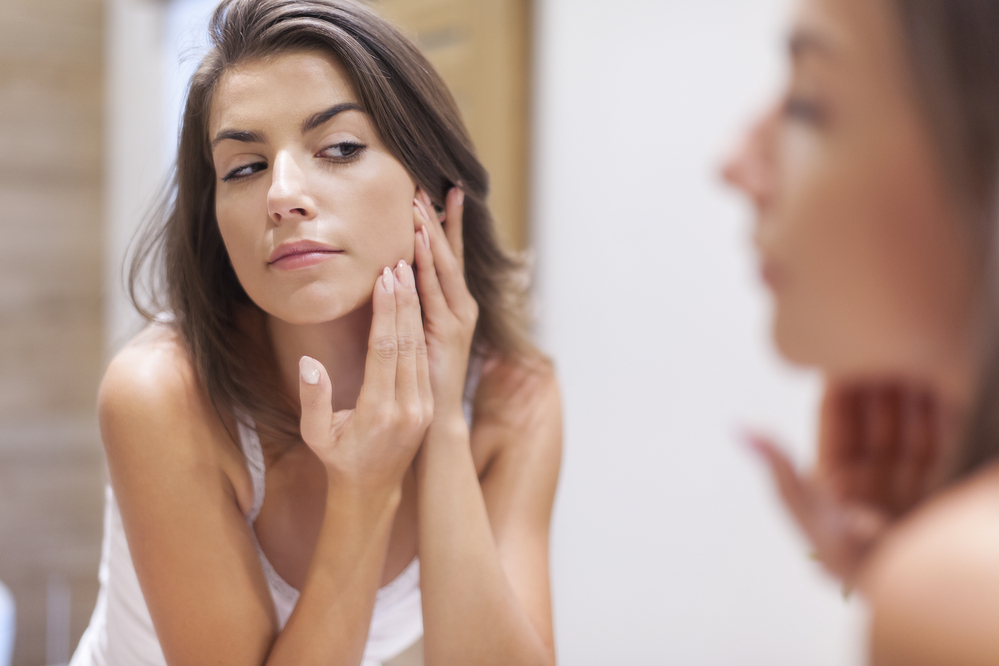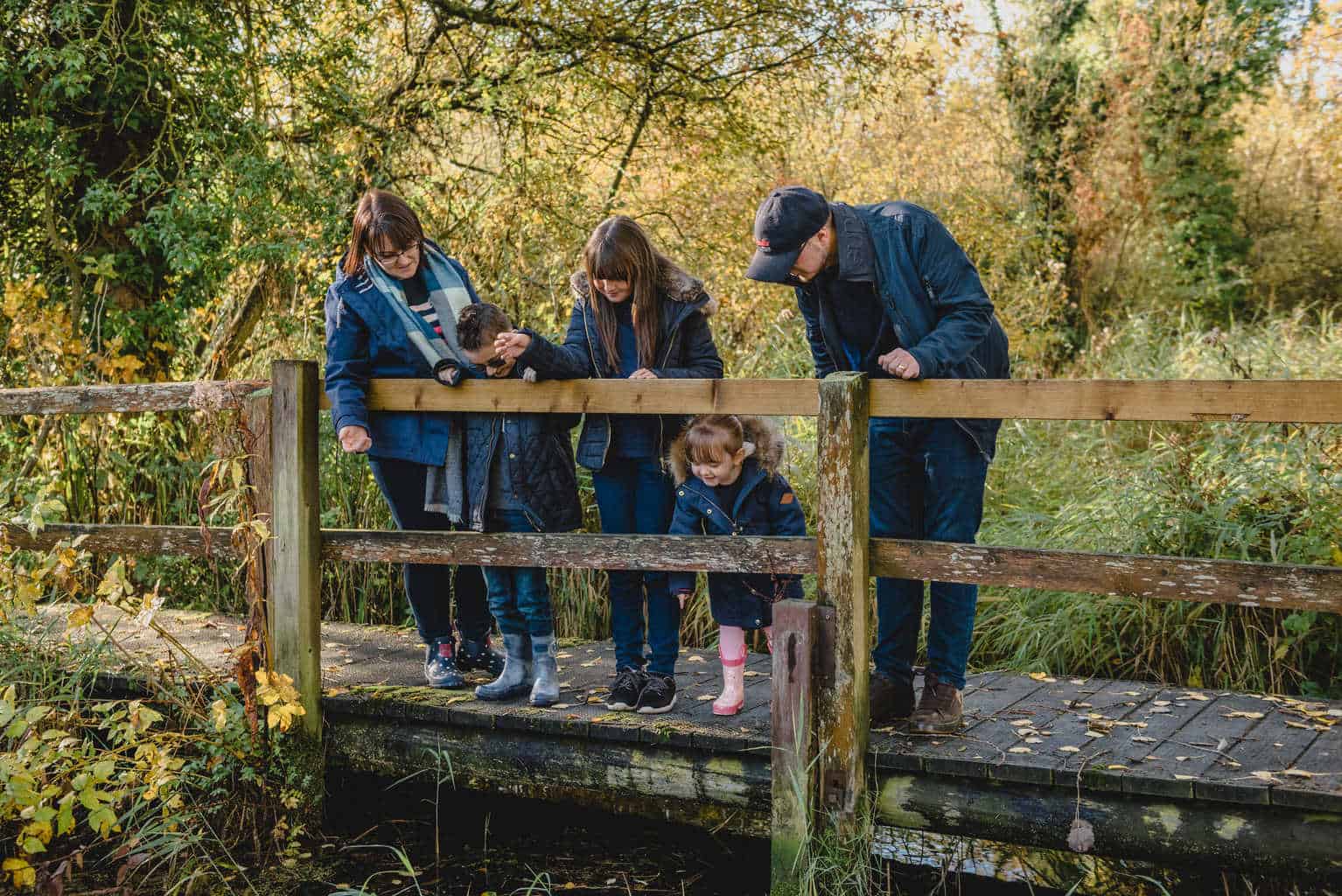Featured
Many people feel self-conscious about their skin imperfections, assuming they’re the only ones dealing with certain problems. In reality, issues like acne, rosacea, and keratosis pilaris are incredibly widespread. You’re not alone in your skincare woes! Here’s a look at some surprisingly prevalent skin conditions.
What prevalent skin conditions do people suffer from?

Keratosis Pilaris
These rough, bumpy patches on the upper arms, thighs, cheeks, or buttocks affect a huge number of adolescents and adults. It’s caused by a build-up of keratin protein blocking hair follicles. While harmless, many want to minimise the uneven texture.
Gentle exfoliation helps, but KP is chronic. In-office procedures like laser treatments offer longer-lasting improvement. Moisturise daily and don’t pick. Remember KP results from genetics, not poor hygiene. You can reduce its appearance.
Melasma/Hyperpigmentation
Dark spots and patches often appear on those with deeper skin tones, pregnant women or people taking certain medications. UV exposure also exacerbates it. Up to 50% of pregnant women get melasma due to hormonal changes. The vast majority of people who suffer from this skin condition are women.
Ingredients like hydroquinone, arbutin, kojic acid and vitamin C can help lighten areas over time. Always wear sunscreen to prevent worsening. With professional treatment, the pigmentation can be improved significantly in many cases.
Adult Acne
While acne is often considered a teenage affliction, studies show that a significant percentage of adults over age 25 live with some form of persistent acne. The numbers vary depending on the study that you’re looking at, but this isn’t a condition that always just disappears once you say goodbye to puberty. Hormonal fluctuations, stress, medications, genetics, and other factors contribute throughout life. Don’t feel embarrassed by stubborn breakouts.
From periodic pimples to painful cystic acne, blemishes can happen at any age. See a dermatologist to discuss treatment options like topical or oral medications. Proper skin care also helps. Know that bumps and breakouts past puberty are extremely common.

Eczema
This inflammatory condition makes the skin become dry, flaky, red, and very itchy. It’s known to affect one in every ten adults in the UK, so don’t feel like you can’t talk about it. Eczema is often inherited but can worsen with environmental triggers like irritants in soaps or fabrics, climate, and stress levels. Babies and children commonly get it.
You’re not alone – lots of people cope with eczema flare-ups. While eczema can’t be cured, it can be managed with moisturisers, prescription ointments, avoiding triggers and medication if severe. There are options like hydrocortisone cream, eurax cream, Fucidin cream and more. If you’re looking for eczema and dermatitis treatments, visit The Independent Pharmacy. They can break down the benefits of various options, and they offer discreet delivery.
Rosacea
Around one in every twenty people in the UK deals with rosacea, which causes facial redness, visible blood vessels, acne-like breakouts and burning, stinging pain. Triggers include sun exposure, spicy foods, alcohol, temperature changes and stress. There’s no cure, but treatments help.
Prescription creams, laser or light therapies, antibiotics (for acne rosacea) and minimising triggers can greatly reduce discomfort and symptoms. Many find rosacea improves with age or menopause too. Proper skincare makes a difference.
Seborrheic Dermatitis
This condition leads to red, flaky, greasy patches along the scalp, nose, brows, ears, trunk, and other oil-producing areas. It affects somewhere between 3 and 5% of the global population. Yeast, hormones, weather, and stress aggravate seborrheic dermatitis. It’s common in infants within weeks of birth.
Dandruff shampoo, antifungal cream, and medicated cleansers keep this chronic issue in check. Seek treatment if it worsens. Don’t pick at patches. With proper management, seborrheic dermatitis improves. You’re not alone.

Cellulite
Those dimpled, uneven areas on the thighs, butt, abdomen, and other spots affect a staggering 90% of women worldwide. Weight gain can worsen cellulite, but lean and overweight people alike get it due to genetics, age, and hormones. It develops after puberty.
Topical creams improve circulation and collagen production to reduce the dimpled look. Procedures like massages, cupping, and acoustic wave therapy also smooth texture. Nearly all women have some degree of cellulite – embrace your body.
Cherry Angiomas
These bright red dots are incredibly common, especially after age 30. Up to 75% of middle-aged adults develop cherry angiomas, which are benign clusters of blood vessels. They’re not dangerous but can increase in number with age or sun exposure.
Laser treatments are the most effective way to remove them. Dermatologists can also shave off raised lesions. Otherwise, concealing products helps mask the spots. Cherry angiomas are a normal part of ageing. Don’t be distressed.
Psoriasis
This chronic condition speeds up skin cell turnover, causing raised, inflamed, scaly patches that can crack and bleed. It affects around 1.8 million people in the UK. Psoriasis often starts between ages 15 and 35 but can develop at any age. Emotional stress is a common trigger.
While incurable and unpredictable, psoriasis is manageable. Steroid creams, vitamin D treatments, phototherapy and biologic drugs help minimise flare-ups. You have options. Many others know the challenges of this condition.

Cold Sores
These painful blisters around the lips and mouth are an extremely common issue. After initial infection, the oral herpes virus stays dormant in nerve tissues and can get reactivated by stress, illness, sun, and menstruation. Outbreaks tend to lessen with age.
Antiviral medication applied at the first signs hastens healing of cold sores. Avoiding triggers can help, but many people get recurrent flare-ups lifelong. If you develop a cold sore, you certainly have lots of company. They’re extremely widespread.
Folliculitis
This common, rash-like irritation of hair follicles leads to itchy, red, and sometimes pus-filled bumps on the skin. It can arise from shaving, waxing, friction from clothes, heat rash and other causes. It’s a very common condition so don’t feel like you can’t look for easy treatment.
Warm compresses, antibiotic creams and other treatments reduce discomfort. Avoid close shaves and tight clothing that aggravate it. Folliculitis often clears up in a couple of weeks. Persistent cases need evaluation. Rest assured you’re not the only one battling bothersome bumps.
Prickly Heat Rash
This prickling skin condition with small raised red spots appears most often in hot, humid weather. It stems from sweat trapped in clogged pores. Prickly heat frequently occurs in infants and children but also affects adults. Anti-perspirants and powders can help prevent recurrence.
Avoiding overdressing, staying hydrated and using cooling creams aids healing of this common rash. While frustrating, it’s nothing to feel embarrassed about. It happens to countless people when temperatures rise. Keep your skin comfortable.

Razor Burn
This skin irritation from shaving afflicts a huge number of people who use razors! Razor burn results from friction, pressure and improper tools and techniques damaging delicate skin. It looks like redness, bumps, itching and burning where you shaved.
Proper prep and quality razors reduce instances of razor burn. Soften hairs beforehand with warm water or shaving cream. Shave gently with the grain, not against it. Then apply soothing aloe vera gel after. Don’t be ashamed of this prevalent issue.
Final thoughts
No one’s skin is flawless or immune to issues. Don’t obsess over imperfections or assume you’re alone in your struggles. So many people with all skin types battle various conditions. Seek treatment to manage them, protect your skin daily and embrace your unique beauty. What matters most is your health and confidence, not outward appearance.
Image Credit: depositphotos.com























